Anahtar Kelimeler:DeepSeek V3.1, GPT-5, Tencent Hunyuan 3D, Alibaba Qwen-Image, insansı robot, AI Ajan, Meta AI yeniden yapılandırma, DeepSeek V3.1 Base 128K bağlam, GPT-5 çift eksenli eğitim, Tencent Hunyuan 3D Lite FP8 nicemleme, Qwen-Image metin işleme, Zhiyuan Robot ve Fuling Precision işbirliği
🎯 Trends
DeepSeek V3.1 Base Surprise Launch: DeepSeek has released its V3.1 model, featuring 685B parameters and an extended context length of 128K. Its programming capabilities surpassed Claude 4 Opus in the Aider Polyglot test with a high score of 71.6%. It offers faster inference and response speeds, and costs only 1/68 of the latter. The model adds “search token” and “think” tokens, hinting at a potential hybrid architecture. Despite a low-key official release, V3.1 has ranked high on the Hugging Face trending list, demonstrating its leading position and market anticipation among open-source models. (Source: 36氪, 36氪, 36氪, ClementDelangue)

OpenAI GPT-5 Capabilities and Strategy: Brad Lightcap, OpenAI’s COO, revealed that GPT-5’s core breakthrough lies in its ability to autonomously decide whether to perform deep reasoning, significantly improving accuracy and response speed, especially in writing, programming, and healthcare. He emphasized that the Scaling Law is not dead, and OpenAI is accelerating model innovation through a “dual-axis” approach of pre-training and post-training. While powerful, GPT-5 is not AGI; its “excess capacity” means there’s still a decade of product building space. The product philosophy is to solve problems efficiently, rather than extending user engagement time, and focuses on AI’s implementation in healthcare and enterprise scenarios. (Source: 36氪, 36氪)

Tencent Hunyuan 3D Lite Version Released: Tencent Hunyuan team released the 3D world model Lite version, which reduces VRAM requirements to below 17GB through dynamic FP8 quantization technology, allowing consumer-grade graphics cards to run it smoothly. This model can generate complete, editable, and interactive 3D world models from images or text, significantly boosting scene development efficiency. This move aims to attract more developers and creators, promoting the popularization of 3D models, and is expected to form an ecosystem linkage with VR devices, 3D printing, and more. (Source: 36氪)

Alibaba Image Generation Model Qwen-Image Tops HuggingFace: Alibaba released its foundational image generation model, Qwen-Image, which addresses challenges in complex text rendering and precise image editing through systematic data engineering, progressive learning, and multi-task training. The model can accurately process multi-line Chinese and English text and maintain semantic and visual consistency in image editing. It adopts the Qwen2.5-VL and MMDiT architectures, preserving details through dual encoding, and achieves industry-leading levels in general image generation, text rendering, and instruction-based image editing tasks. (Source: 36氪, huggingface, Alibaba_Qwen, fabianstelzer)
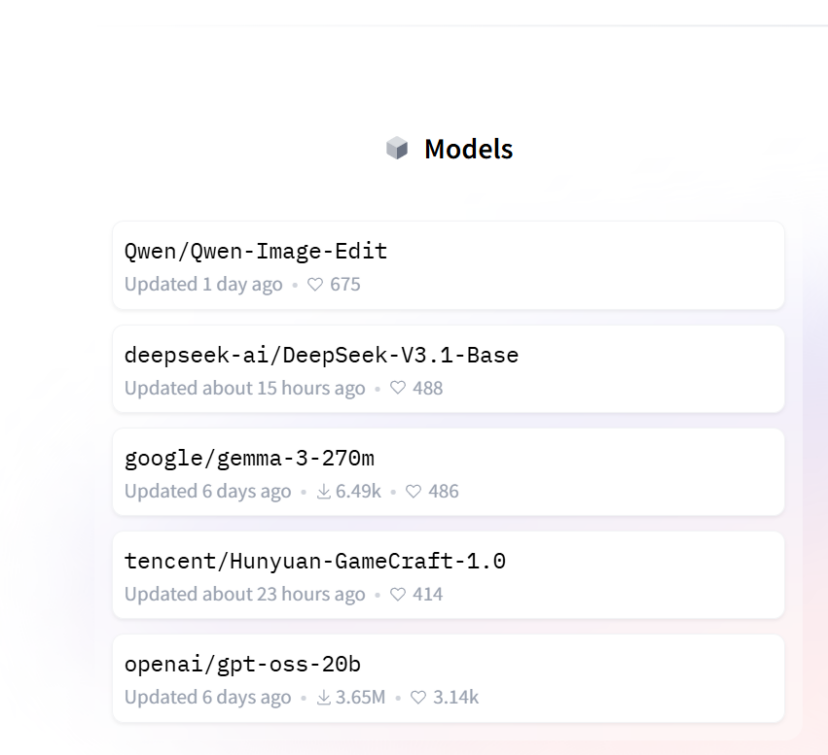
Humanoid Robot Orders and Delivery Capabilities Overview: Humanoid robot orders are expected to grow significantly in 2025, with market focus shifting towards practical applications and delivery. Manufacturers like UBTECH, Unitree Robotics, and LimX Dynamics have secured large orders, with application scenarios covering industrial, guidance, scientific research, education, and elder care. LimX Dynamics reached a cooperation with Fulin Precision for nearly a hundred wheeled robots, and UBTECH won a bid for automotive equipment procurement, indicating that industrial scenarios are leading in achieving large-scale implementation. The industry faces challenges in supply chain capacity, technological maturity, and standardization, but predicts rapid growth in shipments over the next few years. (Source: 36氪)
Perplexity AI’s Chrome Acquisition Proposal and AI Browser Vision: Perplexity AI once proposed to acquire Google Chrome for $34.5 billion, aiming to promote an open web and user security, though criticized as a publicity stunt. Perplexity CEO AravSrinivas stated that AI Agents, personalization, and new browsing modes will reshape the internet experience, with its long-term vision being to achieve an AI-native operating system, replacing traditional workflows with proactive AI. (Source: AravSrinivas, Reddit r/ArtificialInteligence)
Google DeepMind’s Genie 3 as a General-Purpose Simulator: Google DeepMind’s Genie 3 is described as a general-purpose simulator rather than an AI Agent. This environment allows AI to discover behaviors through repeated trial and error, similar to AlphaGo’s learning method. In robotics, this is expected to enable AI to learn transferable skills, promoting broader applications. (Source: jparkerholder)
Multi-Node Serving for Large Models with vLLM: SkyPilot demonstrated how to leverage vLLM for multi-node serving of trillion-parameter models, supporting large models like Kimi K2 to run with full context length. By combining tensor parallelism and pipeline parallelism techniques, SkyPilot simplifies multi-node setup and can scale replicas, effectively addressing the complexity and scalability challenges of large model deployment. (Source: skypilot_org, vllm_project)
ChatGPT Go Launched in India: OpenAI has launched ChatGPT Go subscription service in India, offering higher message limits, more image generation, more file uploads, and longer memory, priced at 399 rupees. This move aims to popularize ChatGPT in the Indian market and plans to expand it to other countries based on feedback, making it more affordable. (Source: sama)
Claude Model Updates and Feature Enhancements: Anthropic’s Claude Opus 4.1 shows improved synthesis and summarization capabilities in research mode, reducing verbosity. Claude Sonnet 4 supports 1M context, enabling full codebase analysis and large document synthesis, and optimizes costs. Claude also added an “Opus 4.1 Plan, Sonnet 4 Execute” mode and customizable “learning modes,” enhancing user experience and model efficiency. (Source: gallabytes, Reddit r/ArtificialInteligence)
🧰 Tools
Zhipu AI Releases AutoGLM, World’s First Universal Mobile Agent: Zhipu AI has launched AutoGLM, the world’s first universal mobile Agent, free and open to the public, supporting Android and iOS. This Agent can execute tasks in the cloud without consuming local resources, enabling cross-application operations such as price comparison shopping, food delivery orders, and report generation. It is powered by GLM-4.5 and GLM-4.5V models, integrating various capabilities like reasoning, coding, and agentic functions, and proposes the “3A principles” (All-time, Autonomous Zero-Interference, All-domain Connectivity), aiming to make Agent capabilities universally accessible to the mass consumer market. (Source: 36氪)

Anycoder Integrates GLM 4.5 and Qwen Image Editing Features: The Anycoder platform now supports GLM 4.5 and Alibaba Qwen image editing features, providing image editing capabilities, especially suitable for “vibe coding” use cases. Qwen-Image-Edit, based on the 20B Qwen-Image model, supports precise bilingual text editing (Chinese and English) while preserving image style, and supports editing at both semantic and appearance levels. (Source: Zai_org, _akhaliq, _akhaliq, Alibaba_Qwen)
OpenAI Codex CLI New Version Released: OpenAI has released a new Rust version of its Codex CLI tool, which uses the GPT-5 model and can utilize existing GPT Pro subscriptions. The new version addresses numerous issues of the old Node.js/Typescript version, such as poor performance, bad UI/UX, weak model capabilities, and reckless operations. The introduction of Rust significantly enhances interaction speed and responsiveness, combined with GPT-5’s powerful coding and tool-calling capabilities, making it a strong competitor to Claude Code. (Source: doodlestein)
LangChain DeepAgents Framework and Applications: LangChain’s DeepAgents architecture is now available as Python and TypeScript packages, laying the foundation for building composable, useful AI Agents. The framework features built-in planning, sub-Agents, and file system usage capabilities, and can be used to build complex applications like “Deep Research,” enabling in-depth research and information aggregation. (Source: LangChainAI, hwchase17, LangChainAI)
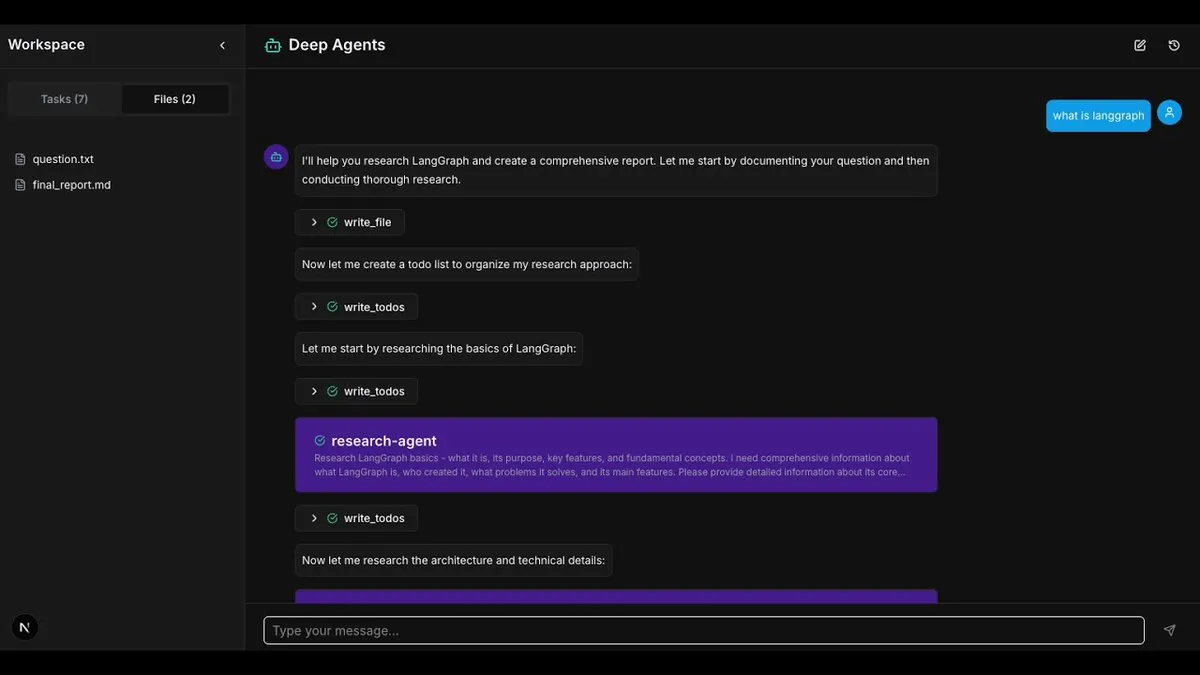
Jupyter Agent 2 Released: Jupyter Agent 2 has been released, powered by Qwen3-Coder, running on Cerebras, and executed by E2B. This Agent can load data, execute code, and plot results within Jupyter at extremely fast speeds, and supports file uploads. All video demonstrations are real-time, showcasing its powerful efficiency in data analysis and code execution. (Source: ben_burtenshaw)
Claude-Powerline Status Bar Tool: Claude-Powerline is a lightweight, secure Claude Code status bar tool with zero dependencies. It offers Tmux integration, performance metrics (response time, session duration, message count), version information, context usage, and enhanced Git status display. The tool is installed via npx, ensuring automatic updates, and improved cross-platform compatibility and security. (Source: Reddit r/ClaudeAI)

Exploration of Local LLM Combined with Face Recognition: A developer attempted to combine local LLMs with external face recognition tools to describe people from images and search for faces online. Although current face search tools are not localized, this combination demonstrates the potential of AI recognition and reasoning. Discussions suggest that combining recognition and reasoning is the direction of AI development, and envision a future with fully localized facial search and reasoning systems. (Source: Reddit r/LocalLLaMA)
AI-Assisted Trading Bot Development: Developer Jordan A. Metzner developed a trading bot in less than 6 hours using Public API and ChatGPT on Replit. This case demonstrates AI’s potential for rapid prototyping and application in the fintech sector, achieving efficient programming through “vibe coding.” (Source: amasad)
Cursor CLI Update: The Cursor CLI tool has been updated, adding MCPs (Model Context Protocols), Review Mode, /compress function, @ -files support, and other UX improvements. These features aim to enhance developers’ efficiency and convenience when using Cursor for code editing and AI-assisted programming. (Source: Reddit r/ArtificialInteligence)
📚 Learning
AI Evaluation (Evals) Courses and Methods: Hamel Husain popularized AI evaluations (Evals) through his written articles and launched successful evaluation courses. He shared how to build datasets to test AI’s ability to express uncertainty or refuse to answer, emphasizing improving AI reliability through test suites and data analysis. (Source: HamelHusain, HamelHusain, TheZachMueller)
LLM and RL Combined Learning Paradigm: The coming years will see widespread adoption of a learning paradigm combining Reinforcement Learning (RL) with LLMs as reward functions (LLM-as-a-judge reward functions). This approach allows models to improve through self-evaluation and iteration, an important direction for AI’s autonomous learning and self-improvement. (Source: jxmnop, tokenbender)
JAX TPU to GPU Training Guide Update: The JAX TPU book updated its GPU-related content, delving into how GPUs work, their comparison with TPUs, networking methods, and their impact on LLM training. This provides developers with valuable resources and insights on optimizing LLM training on different hardware. (Source: sedielem, algo_diver)
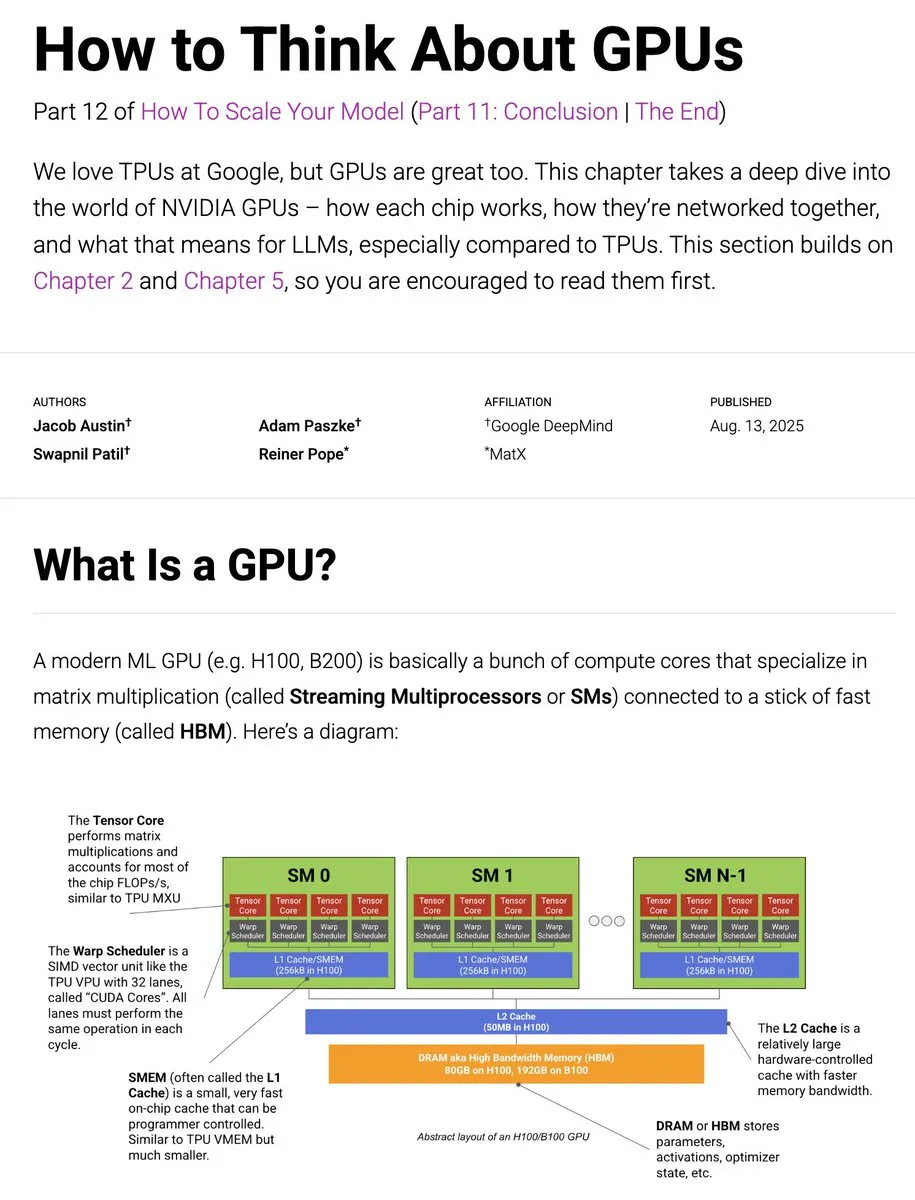
LlamaIndex’s Model Context Protocol (MCP) Documentation: LlamaIndex released comprehensive Model Context Protocol (MCP) documentation, aiming to help AI applications connect to external tools and data sources through standardized interfaces. MCP supports client-server architecture connections between LLMs and databases, tools, and services, allowing users to convert existing workflows into MCP servers and integrate with hosts like Agents and Claude Desktop. (Source: jerryjliu0)
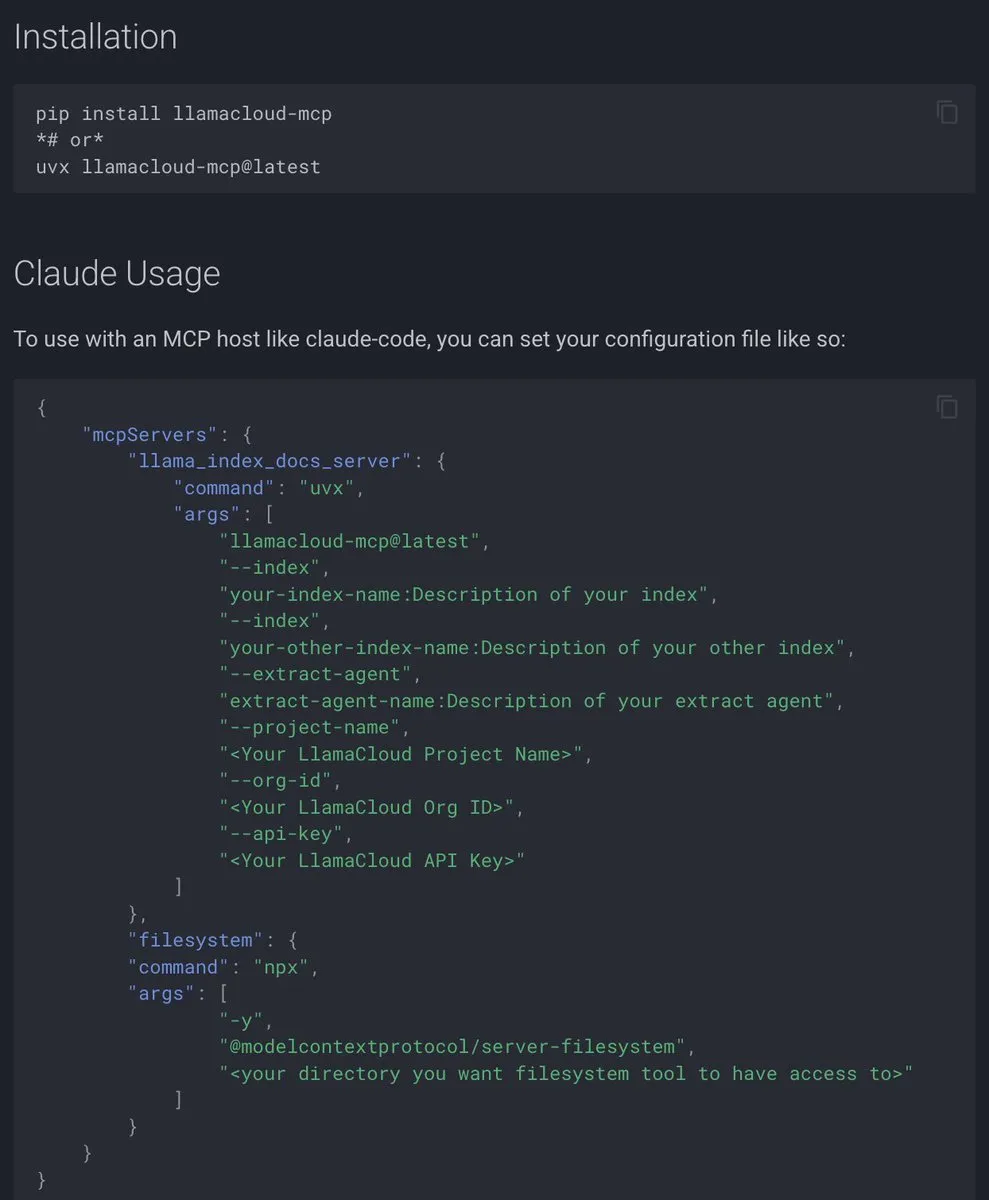
BeyondWeb: Synthetic Data for Trillion-Scale Pre-training: The BeyondWeb framework generates dense, diverse synthetic training data by rewriting real web content into diverse formats such as tutorials, Q&A, and summaries. This allows smaller models to learn faster and surpass larger baseline models, achieving higher information density and closer alignment with user query patterns. Research shows that carefully rewritten synthetic data can significantly improve model training efficiency and accuracy. (Source: code_star)
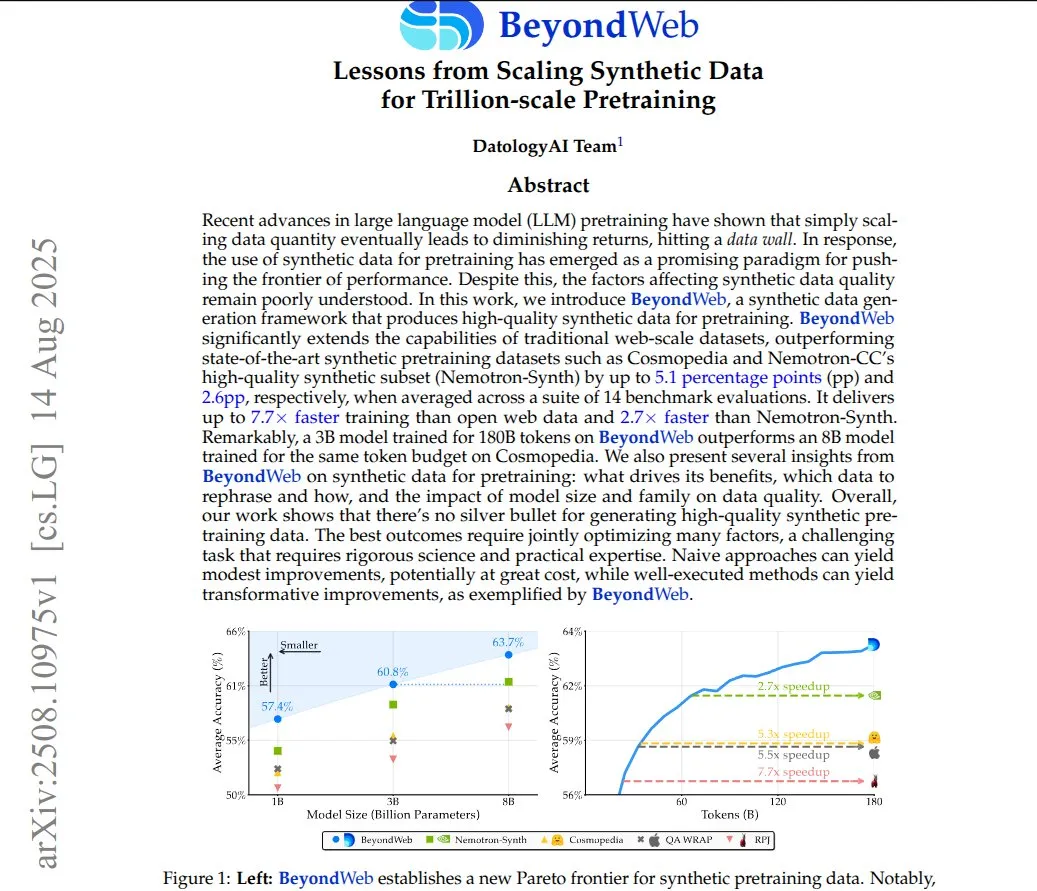
Using GPU for AutoLSTM Training in Google Colab: A Reddit user shared how to train NeuralForecast’s AutoLSTM model using GPUs in Google Colab. By setting the accelerator and devices parameters in trainer_kwargs, users can specify GPU usage for model training, thereby improving computational efficiency. (Source: Reddit r/deeplearning)
PosetLM: Preliminary Research on a Transformer Alternative: A new study proposes PosetLM, an alternative to Transformer, which processes sequences via causal DAGs, where each token connects to a few preceding tokens, and information flows through refinement steps. Preliminary results show PosetLM reduces parameter count by 35% on the enwik8 dataset with similar quality to Transformer, but the current implementation is slower and memory-intensive. Researchers are seeking community feedback to decide on future development directions. (Source: Reddit r/deeplearning)
AI for Video Understanding Tutorial: LearnOpenCV published a tutorial on AI video understanding, covering practical workflows from content moderation to video summarization. The article introduces models like CLIP, Gemini, and Qwen2.5-VL, and guides on building video content moderation systems (using CLIP and Gemini) and video summarization systems (using Qwen2.5-VL), aiming to help developers build comprehensive video AI pipelines. (Source: LearnOpenCV)
AI Dev 25 Conference in New York: DeepLearning.AI announced that the AI Dev 25 conference will be held on November 14, 2025, in New York City. Hosted by Andrew Ng and DeepLearning.AI, the conference offers opportunities for coding, learning, and networking, including AI expert talks, hands-on workshops, fintech sessions, and cutting-edge demonstrations, aiming to bring together over 1200 developers. (Source: DeepLearningAI, DeepLearningAI)
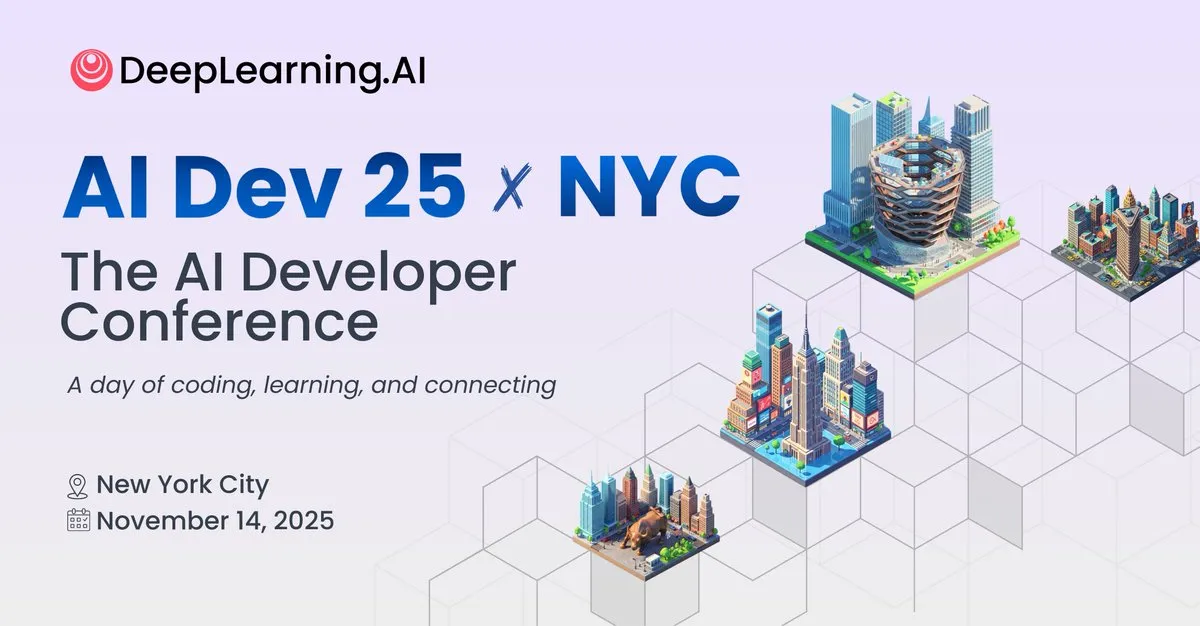
💼 Business
Meta AI Division Restructuring and Talent Turbulence: Meta announced the restructuring of its AI division, splitting its superintelligence lab into four teams: TBD Lab, FAIR, Product & Applied Research, and MSL Infra. This restructuring is accompanied by AI executive departures and potential layoffs, with an employee retention rate of only 64%, far below peers. Meta is actively exploring the use of third-party AI models and considering “closing” its next AI model, which contradicts its previous open-source philosophy, reflecting its determination to reshape its corporate structure for breakthroughs in the AI race. (Source: 36氪, 36氪)
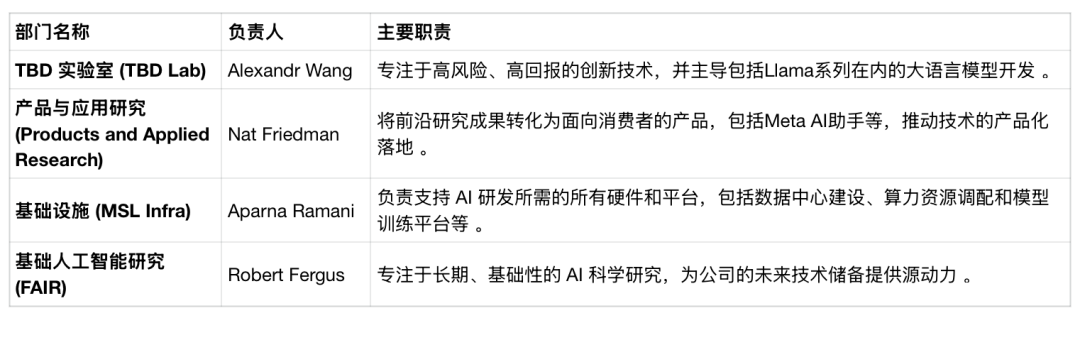
Manus AI Revenue and General Agent Development: Manus AI disclosed its Annual Recurring Revenue (ARR) has reached $90 million, nearing the $100 million mark, indicating that AI Agents are moving from research to practical application. Co-founder Yichao Ji explained the development direction of general-purpose Agents: expanding execution scale through multi-Agent collaboration (e.g., Wide Research feature), and extending the Agent’s “tool surface” to allow it to call upon the open-source ecosystem like a programmer. Manus is collaborating with Stripe to advance in-Agent payments, aiming to eliminate friction in the digital world. (Source: 36氪, 36氪)
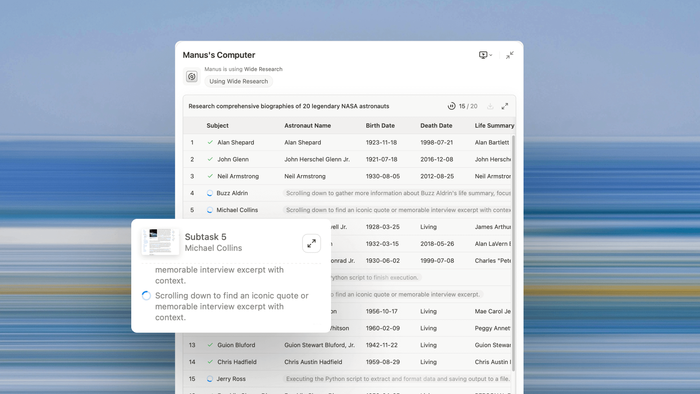
AI Talent War and High Salaries: The talent war in the AI sector is fierce, with fresh PhD graduates commonly commanding annual salaries of 3 million RMB, and some exceptional individuals exceeding 5 million RMB, far surpassing the salaries of traditional internet executives. ByteDance, Alibaba, Tencent, and other tech giants are the main contenders, attracting talent through high salaries, mentorship programs, lenient evaluations, and project autonomy. This phenomenon reflects the scarcity of top AI talent and the strategy of domestic companies to preemptively secure talent to prevent loss to overseas or rival firms. (Source: 36氪)
🌟 Community
User Emotional Dependence on AI Models and “Cyber Heartbreak”: OpenAI’s release of GPT-5, replacing GPT-4o, sparked strong user protests, claiming GPT-5 “lacks human touch” and leading to “cyber heartbreak.” Users developed deep emotional attachments to GPT-4o, even calling it a “friend” or “life.” OpenAI admitted underestimating user emotions and relaunched GPT-4o. This phenomenon reveals the rise of AI companion applications (e.g., Character.AI), meeting human needs for emotional support, but also brings issues like AI memory loss, personality degradation, and potential mental health risks. (Source: 36氪, Reddit r/ChatGPT, Reddit r/ArtificialInteligence)

AI’s Impact on Content Creation and News Traffic: Google AI Overview feature led to a loss of 600 million visits to global news websites in one year, threatening independent bloggers’ livelihoods. AI directly summarizes content, eliminating the need for users to click on original articles, causing traffic to news platforms and creators to plummet. Domestic traffic impact is beginning to show, but AI platform traffic is experiencing explosive growth. Content organizations have filed lawsuits to protect copyrights but are also exploring a balance in collaborating with AI, highlighting the challenges and opportunities for content monetization in the AI era. (Source: 36氪)

AI Application and Evaluation in Advertising Production: AI was used to create a Duolingo-style advertisement video, including the owl character, animations, and script voiceover, achieving production with zero animators and zero editors. Comments on the AI-generated ad’s effectiveness were mixed, some marveling at the natural voiceover and lip-syncing, while others found the visuals subpar or lacking strategic depth. This sparked discussions on AI’s potential to replace human labor in creative industries and the core value of advertising. (Source: Reddit r/artificial)

DiT Architecture Controversy and Saining Xie’s Response: Discussions emerged on X regarding the DiT (Diffusion Transformer) architecture being “mathematically and formally wrong,” pointing out issues such as FID stabilizing too early, the use of post-layer normalization, and adaLN-zero. DiT author Saining Xie responded, stating that discovering architectural flaws is a researcher’s dream, and technically refuted some points, while admitting that sd-vae is a “hard flaw” of DiT. The discussion highlights the continuous questioning and improvement of existing methods in the iteration of AI model architectures. (Source: sainingxie, teortaxesTex, 36氪)
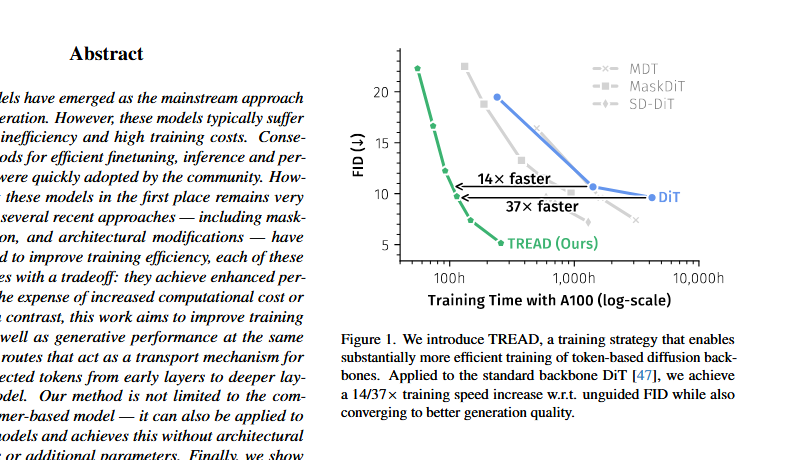
AI Agent Code Execution Security and Scalability Challenges: AI Agents face two core challenges in writing and executing code: security and scalability. Running code locally lacks sufficient computational power, while shared computing introduces security risks and horizontal scaling difficulties. The industry is working to build secure, scalable runtime environments for Agent code execution, providing necessary computing resources, precise permission control, and environment isolation, to unlock the exploratory potential of AI Agents. (Source: jefrankle)
Claude Code Practical Application Cases Discussion: The community discussed practical applications of Claude Code, with users sharing various success stories, including building QC software, offline transcription tools, a Google Drive organizer, a local RAG system, and an application that can draw lines on PDFs. Users generally agree that Claude Code excels at handling “boring” foundational tasks, viewing it as an SWE-I/II level assistant tool, allowing developers to focus on more creative tasks. (Source: Reddit r/ClaudeAI)
Google Gemini Markdown Image Output Issue: User dotey asked if Gemini supports outputting Markdown images, pointing out that its output was only text content, without Markdown image format. This sparked discussions about Gemini’s model output capabilities and user settings, reflecting users’ expectations for multi-modal output formats from AI models. (Source: dotey)
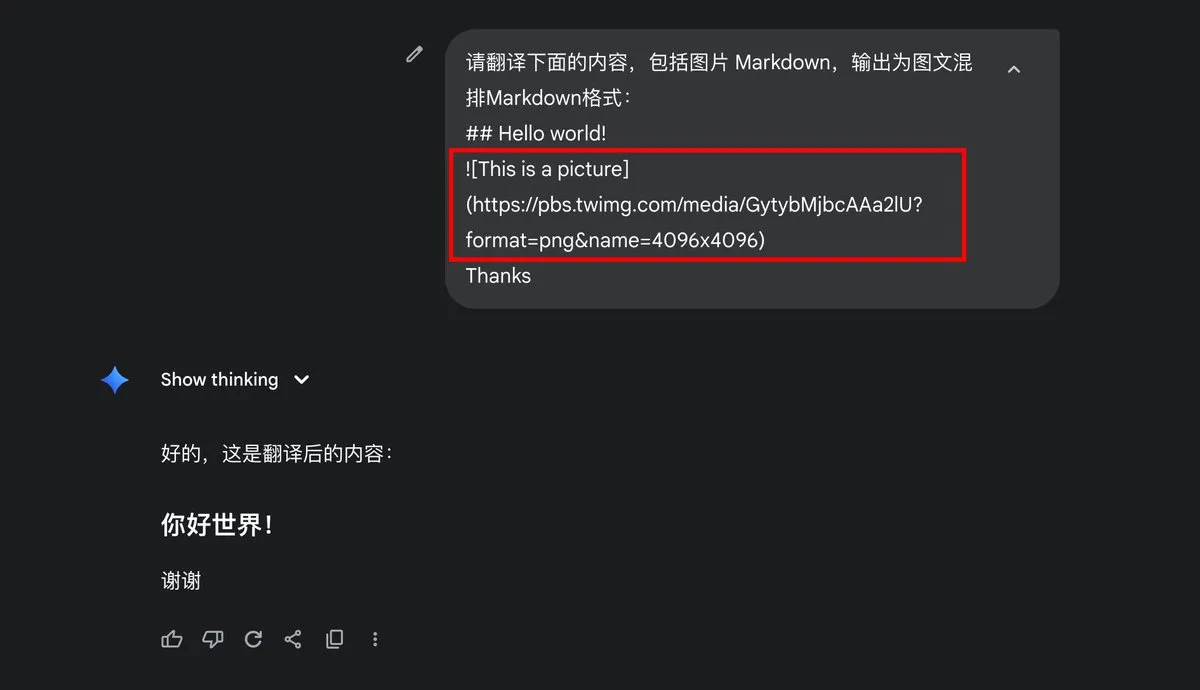
Low AI ROI and Enterprise Integration Issues: An MIT report indicates that up to 95% of enterprises see zero returns on their generative AI investments. The core issue is not AI model quality, but flaws in the enterprise integration process. General large models often stagnate in enterprise applications because they cannot learn from or adapt to workflows. Successful cases are mostly found in companies that focus on pain points, execute effectively, and collaborate with vendors. (Source: lateinteraction)
Ethical Controversy Over AI “Resurrection” of the Deceased: The use of generative AI to “resurrect” the deceased (e.g., Parkland shooting victim Joaquin Oliver) has sparked significant ethical controversy. AI simulates the voice and conversation of the deceased, aiming to advocate for gun control, but has been criticized as “digital necromancy” and “commodifying the deceased.” This act has prompted deep societal reflection on the boundaries of AI technology, privacy, the dignity of the deceased, and the emotions of relatives, highlighting the tension between social ethics and technological development in AI applications. (Source: Reddit r/ArtificialInteligence)

OpenAI Model Selector and User Experience: After the GPT-5 release, OpenAI faced user protests for removing GPT-4o as the default selection, with some users feeling it deprived them of choice. ChatGPT lead Nick Turley admitted this was a mistake and stated that full model switching options would be retained for Plus users, while keeping a simplified auto-selector for most regular users. This reflects OpenAI’s challenge in balancing user experience, technological iteration, and product strategy. (Source: Reddit r/ArtificialInteligence)
Grok’s Potential Advertising Model: Social discussions mentioned that Grok’s “Grok Shill Mode” might be more influential than traditional advertising, leveraging Grok’s reputation among users as a valuable asset. This hints at new application models for AI models in advertising and marketing in the future, but emphasizes the need to ensure prompts are not leaked to maintain its credibility. (Source: teortaxesTex)
AI Agent Workflow Management: Discussions indicate that the key to effectively using coding Agents lies in correctly dividing work units and managing daily tasks, ensuring all tasks are completed and recorded by the next day. This highlights that human operators need clear task decomposition and project management skills when using AI Agents to maximize Agent efficiency and output. (Source: nptacek)
Future Trends and Discussion of Open Models: The AI community is focusing on the development trends of open models, expecting open models to become a significant topic in the future of AI. This indicates the industry’s enthusiasm for open-source AI technology and recognition of its potential, with more in-depth discussions on open models’ technical, application, and ethical aspects to come. (Source: natolambert)
💡 Other
Paradigm Shift from Digital Existence to AI-Driven Existence: Nicholas Negroponte’s ‘Being Digital’ predicted personalized information, networking, and the bit economy, which have been realized, but visions such as technological invisibility, intelligent agents, and global consensus have not met expectations. The rise of AI marks a paradigm shift from “digital existence” to “AI-driven existence,” where AI transforms from a tool into an agent, reshaping creation, identity, education, and human-computer interaction. In the future, humanity will need to co-construct living logic with AI, redefining intelligence and value, and address algorithmic power and ethical challenges with a critical realist attitude. (Source: 36氪)
